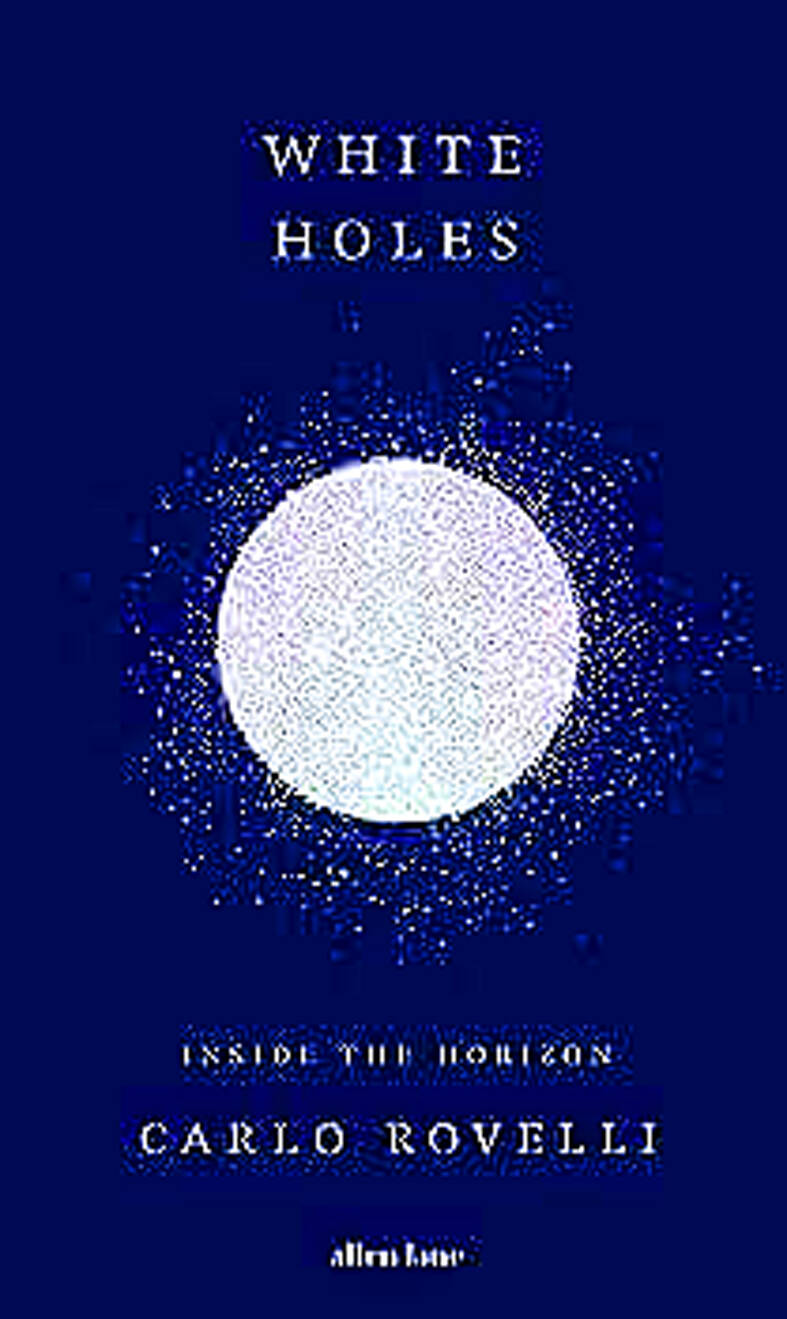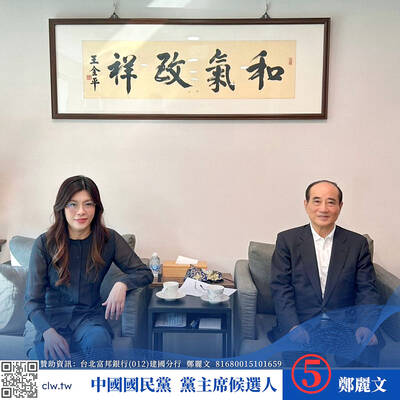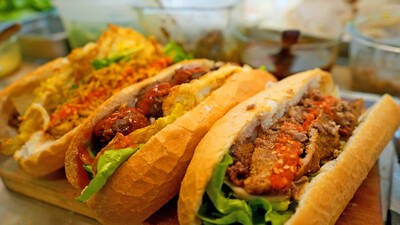I read Stephen Hawking’s A Brief History of Time more than 30 years ago. It woke me up to the wonders of the universe in a way that nothing before ever had. And while I’m not sure I fully understood it then, or now, it certainly felt like an adventure.
Carlo Rovelli’s new book is a kind of non-linear sequel in which he introduces his theory of “white holes,” how they might form and why we have such trouble seeing them in the universe today.
Black holes form from stars so massive that when they reach the end of their lives and all their fuel is spent, they collapse to form bizarre objects from which nothing can escape, not even light itself.

Albert Einstein’s theory of general relativity predicted their existence: entities within which space and time had to come to an end.
But the same equations of physics that predicted the existence of black holes also predict the existence of their inverse: white holes, objects that you cannot fall into, from which matter can only pour. Astronomers can see black holes, or at least evidence of them as they hoover up matter in distant galaxies. But, curiously, we don’t see any evidence of white holes, which is a little strange and has led some to suggest that they might not exist.
But Rovelli is a firm believer. His new book outlines his theory of white hole formation. In it he takes you on a guided tour, first leading you into a black hole, beyond its event horizon and into its throat. And there, with you expecting to reach a cosmic cul-de-sac, he departs from the expected narrative and shows you something new. This is a black hole. Things should finish here; space and time themselves should end here. But in Rovelli’s version of the universe, they don’t.
Rovelli is an accomplished theoretical physicist, prolific author and lyrical science communicator. White Holes is a small book — Rovelli’s briefest yet — and smashes through a lot of material at breakneck speed, pretty much the entire content of A Brief History of Time in a couple of short chapters by way of overview and introduction. Reading it is more akin to the final psychedelic sequence in the movie 2001: A Space Odyssey: you’re not sure where you’re heading but it feels bloody exciting.
In fewer pages than it would take some authors to describe how they would prepare an omelet, Rovelli drags you into the heart of a black hole and then — somehow — out the other side. What he suggests is that, as the star forming a black hole continues to collapse, it eventually becomes so compact and tiny that the laws of general relativity have to give way to the laws of quantum mechanics.
Quantum theory is the physics of uncertainty on a tiny scale. Here, particles and patches of space become clouds of probability and the previously impossible becomes possible. All of which Rovelli exploits to suggest that the star at the center of a black hole, trying to collapse away to nothing, might reach a point at which quantum uncertainty allows it to “bounce” backward through time and become a white hole.
Rovelli gives you a glimpse into the mind of a physicist working at the edges of the known universe
Books about extreme cosmic objects are hard to write well — and harder still to precis — partly because these theories are best expressed in mathematical terms. Indeed, they can only be fully explained by using mathematics. So no matter how dense or vast the text of a popular science book, without the requisite arcane symbols and algebraic notation you’re never going to be able to get the whole picture.
But this is a book for the layperson and Rovelli understands this limitation, glossing over finer detail in pursuit of an impression of the wonder that lies at the heart of the cosmos and his theorizing. And in his hands it’s an effective technique.
Rovelli leaves you upside down. Having started with a black hole, an object into which you could only fall, from which there was never any escape, he conjures a white hole, from which things can only pour. He turns time on its head, runs it backwards and finally helps you understand how white holes might plausibly form and at the same time why — despite their existence — astronomers don’t see them spewing their matter into the universe like Regan in The Exorcist.
Despite the book’s brevity, Rovelli doesn’t flinch from discussing the tougher concepts. He warns you that you might find some of them a little confusing. I must confess that I’m still a little hazy on whether or not my inability to remember the future is just a perceptual illusion, or if it’s a fundamental consequence of the underlying physics. But Rovelli reassures you that none of that really matters and that what’s important here is the experience of being transported. If that’s true then the book more than does its job.
One of the things I most loved about White Holes was the glimpse Rovelli gives you into the mind of a physicist working at the edges of the known universe, and the fundamental insecurity of creating groundbreaking theories and then putting them out there like clay pigeons launched from a trap. It’s a strange duality. On the one hand, you have to be rock solid sure of the ideas you propose. But on the way to assembling them — and afterwards — you have to have the discipline to doubt them and continue to test them as fiercely as your staunchest rivals might.
Rovelli also openly worries about the book and its structure, telling us that his harshest critics are physics students, who tend to get cross about the lack of detailed exposition. And if you’re a final year undergraduate looking for revision notes to accompany your module in high energy astrophysics, this volume may disappoint. But if you want to remember why you once fell in love with the idea of the cosmos, or want to fall in love with that idea for the first time, then this book is for you. For my part, I found myself following Rovelli into a weird and wonderful new universe and I was very content to be there.

We lay transfixed under our blankets as the silhouettes of manta rays temporarily eclipsed the moon above us, and flickers of shadow at our feet revealed smaller fish darting in and out of the shelter of the sunken ship. Unwilling to close our eyes against this magnificent spectacle, we continued to watch, oohing and aahing, until the darkness and the exhaustion of the day’s events finally caught up with us and we fell into a deep slumber. Falling asleep under 1.5 million gallons of seawater in relative comfort was undoubtedly the highlight of the weekend, but the rest of the tour

Youngdoung Tenzin is living history of modern Tibet. The Chinese government on Dec. 22 last year sanctioned him along with 19 other Canadians who were associated with the Canada Tibet Committee and the Uighur Rights Advocacy Project. A former political chair of the Canadian Tibetan Association of Ontario and community outreach manager for the Canada Tibet Committee, he is now a lecturer and researcher in Environmental Chemistry at the University of Toronto. “I was born into a nomadic Tibetan family in Tibet,” he says. “I came to India in 1999, when I was 11. I even met [His Holiness] the 14th the Dalai

Following the rollercoaster ride of 2025, next year is already shaping up to be dramatic. The ongoing constitutional crises and the nine-in-one local elections are already dominating the landscape. The constitutional crises are the ones to lose sleep over. Though much business is still being conducted, crucial items such as next year’s budget, civil servant pensions and the proposed eight-year NT$1.25 trillion (approx US$40 billion) special defense budget are still being contested. There are, however, two glimmers of hope. One is that the legally contested move by five of the eight grand justices on the Constitutional Court’s ad hoc move

Stepping off the busy through-road at Yongan Market Station, lights flashing, horns honking, I turn down a small side street and into the warm embrace of my favorite hole-in-the-wall gem, the Hoi An Banh Mi shop (越南會安麵包), red flags and yellow lanterns waving outside. “Little sister, we were wondering where you’ve been, we haven’t seen you in ages!” the owners call out with a smile. It’s been seven days. The restaurant is run by Huang Jin-chuan (黃錦泉), who is married to a local, and her little sister Eva, who helps out on weekends, having also moved to New Taipei